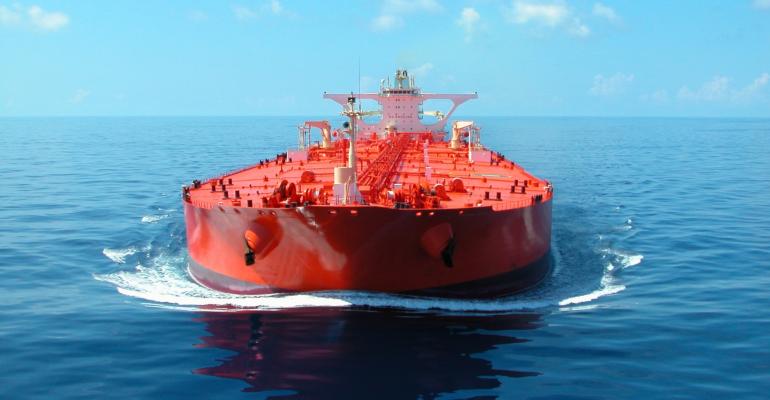Sector analysts say the picture in far from clear. In its weekly report, Gibson suggests that there could be three possible outcomes.
The London-based shipbroker says OPEC+ members could decide to continue with the production cuts in place today. They could implement further cuts, allowing oil producers outside the cartel to boost their market share. Or they could decide to ease voluntary production cuts to meet the wishes of members hoping to boost oil revenue streams.
OPEC+ member states account for more than 40% of global crude tanker trade where rising oil demand in China is likely to underpin crude oil growth of 2.2 million b/d this year, according to OPEC+ projections. Crude demand is also climbing in other non-OECD countries, notably India, and other countries in Asia, Middle East, and Latin America, Gibson said.
However, the broker notes that few analysts are as bullish about oil demand prospects. The International Energy Agency (IEA), for example, reckons that likely growth could reach 1.1 million barrels per day, just half the OPEC+ estimate. The IEA reckons that demand will grow more slowly now that the post-Covid surge has come to an end.
Meanwhile, declining oil demand in Europe is likely to reduce OECD demand which, the IEA suggests, could fall by 140,000 bpd this year. This is the result of the industrial downturn and a mild winter. Gasoil demand in all three OECD regions over the first quarter fell by 330,000 bpd year-on-year over the first quarter.
Gibson points to lower oil prices, with Brent crude now trading at around $81-83 a barrel, down from an average of $89 in April. These lower prices may suggest a current oversupply, a factor supported by weaker demand growth. These prevailing market fundamentals may deter OPEC+ from loosening their production cuts too soon, Gibson said.
Copyright © 2024. All rights reserved. Seatrade, a trading name of Informa Markets (UK) Limited.
Add Seatrade Maritime News to your Google News feed.  |

